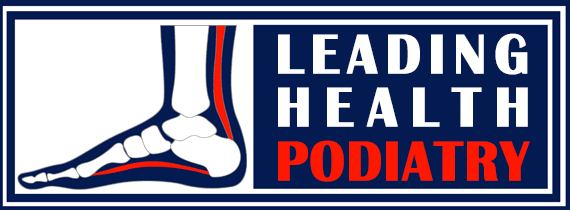Clumsy Walking in Kids
Clumsy Walking in Kids: Podiatry Insights from Leading Health Podiatry
Watching your child struggle with walking can be distressing for any parent. While it’s common for children to seem clumsy as they first learn to walk, most will develop better coordination and balance by the age of 3. However, some children may face challenges refining the motor skills required for walking. This can hinder their independence and development, which is concerning for parents.

What Contributes to a Clumsy Gait in Children?
As podiatrists at Leading Health Podiatry, we understand that a clumsy gait—how a child walks—can stem from a variety of factors. When assessing the walking pattern, we look for:
- Foot Drop: A condition where the foot doesn’t lift properly, causing tripping and a clumsy gait.
- Leg Length Differences: A difference in leg lengths can make it harder for the child’s foot to clear the ground, leading to a clumsy appearance.
- Muscle Weakness: Weakness in muscles can affect balance, making it harder for the child to walk smoothly.
- Muscular Tightness (Contracture): Tightness in muscles may alter walking patterns.
- Neurological Issues: In some cases, a neurological condition may contribute to balance and coordination difficulties.
- Developmental Milestones: Delays or issues in developmental milestones can also affect walking skills.
Other conditions, such as dyspraxia (developmental coordination disorder), learning difficulties, balance issues related to ear problems, and difficulties with spatial awareness, can also contribute to a clumsy gait. A thorough assessment by a podiatrist will help determine the cause and recommend appropriate interventions.
Signs of a Clumsy Gait
You may notice your child frequently:
- Trips or falls while walking.
- Struggles with balance.
- Takes uneven steps or walks in a direction different from where they intend to go.
In some cases, children may also have difficulty with tasks requiring motor skills, such as brushing their teeth or getting out of a car.
How Is a Clumsy Gait Treated?
Treatment for a clumsy gait depends on identifying the root cause. Some possible interventions include:
- Braces and Splints: If foot drop is causing tripping, braces can help support the foot and prevent falls.
- Exercise Therapy: Targeted exercises to address muscle weaknesses and improve balance.
- Orthotics: Custom-made foot supports that stabilize the foot, improve alignment, and address issues like leg length differences.
- Footwear Adjustments: Choosing shoes that promote proper gait and support healthy walking habits.
- Gait Retraining: Teaching your child proper walking techniques and helping them form better walking habits.
For more complex cases, we often collaborate with other healthcare professionals like physiotherapists and occupational therapists to achieve the best possible outcome for your child.
When to Seek Help
If your child’s walking issues persist or seem to be getting worse, or if you notice other signs of developmental concerns, it’s important to consult with a podiatrist. Early intervention can improve your child’s coordination and ensure they’re walking confidently as they grow.
At Leading Health Podiatry, we specialize in assessing and treating gait-related concerns in children. Our team will work with you to develop a personalized treatment plan that supports your child’s development and independence.
